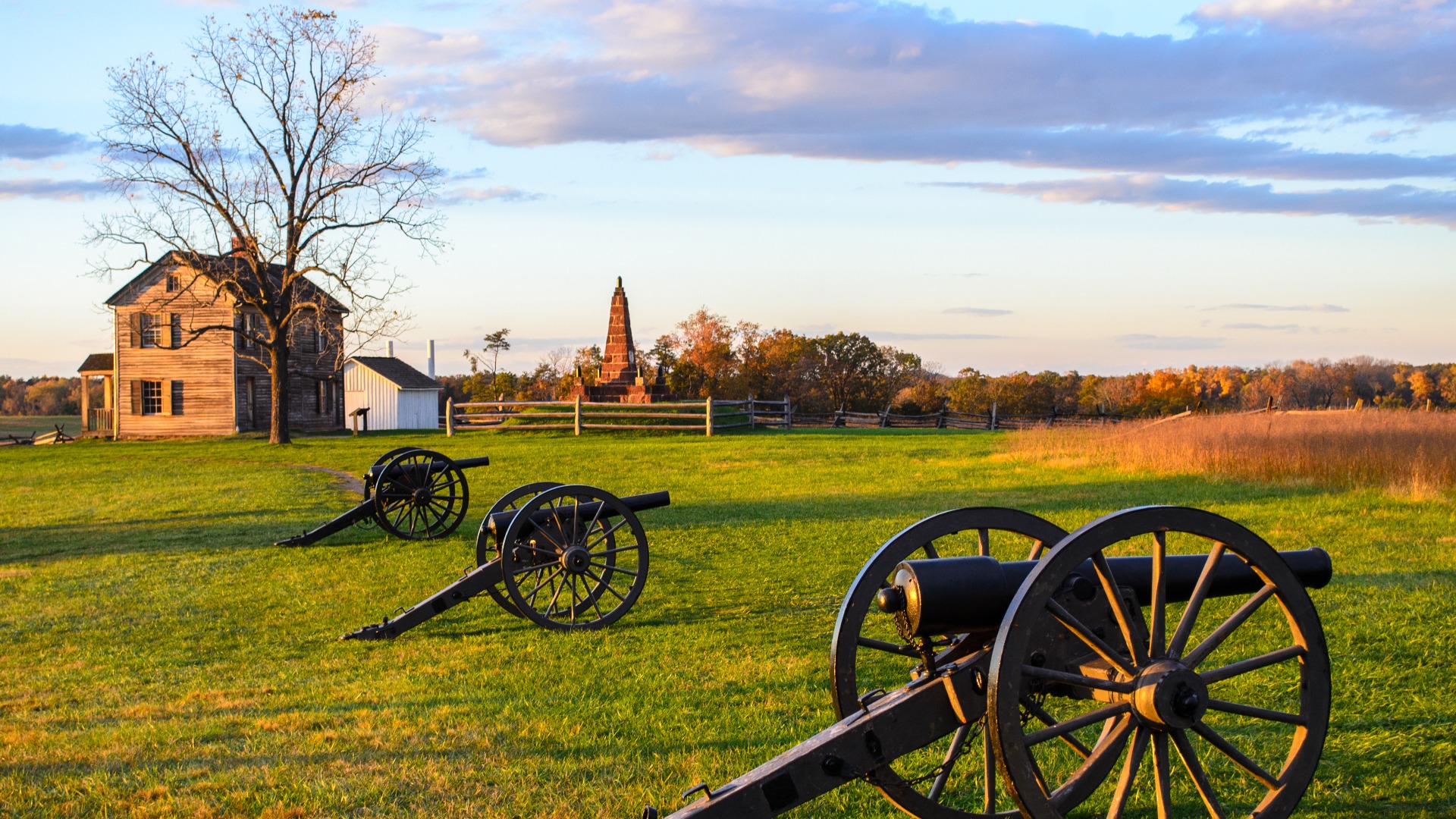Unraveling the Secrets of Creosote in Prince William County, VA
Creosote is an unwelcome guest in many homes across Prince William County, VA. As a byproduct of wood-burning stoves and fireplaces, it poses a host of potential hazards to homeowners. In fact, creosote buildup is the leading cause of chimney fires. But what is creosote, exactly? How does it build up in your chimney, and most importantly, how can it be removed? This article aims to unravel the secrets of creosote and shed light on the crucial role of chimney sweeping in maintaining the safety of homes in Prince William County, VA.
What is Creosote?
Creosote is a thick, oily substance that forms when wood is burned. When you light a fire in your fireplace, the combustion process results in smoke, water vapor, gases, unburned wood particles, tar fog, and assorted minerals. These byproducts escape through the chimney and encounter cooler temperatures in the upper parts of the chimney. This change in temperature causes the substances to condense on the chimney walls, forming a sticky, corrosive layer known as creosote.
Creosote is highly combustible. If its buildup is not regularly removed, it can catch fire and lead to severe damage to your home. It’s also corrosive, which means it can cause significant damage to your chimney over time.
Creosote Buildup: The Silent Threat
There are three stages to creosote buildup. The first stage is the least dangerous, where the creosote resembles flaky soot that can be easily brushed away. The second stage is more serious, where the creosote takes on a shiny, tar-like appearance that requires professional removal. The third and most dangerous stage is when the creosote hardens into a glazed, shiny layer that’s highly combustible and extremely difficult to remove.
Factors that contribute to creosote buildup include burning unseasoned or wet wood, inadequate air supply, and cooler than normal chimney temperatures.
The Role of Chimney Sweeping
Regular chimney sweeping is the best defense against creosote buildup. It’s recommended that homeowners in Prince William County, VA, have their chimneys inspected and cleaned at least once a year, preferably before the start of the winter season when fireplaces are used most frequently.
If you’re in need of a chimney sweep, A&T Chimney Sweeps fireplace, furnace, dryer vent, gutter cleaning and repair services in Prince William County VA, is a trusted name in the industry. Their team of professionals is equipped with the tools and knowledge necessary to thoroughly clean your chimney and safeguard your home against the dangers of creosote buildup.
FAQs
1. How often should I have my chimney swept?
The National Fire Protection Association recommends that homeowners have their chimneys inspected at least once a year, and cleaned as necessary. This helps to ensure that any creosote buildup or other potential blockages are removed, reducing the risk of chimney fires.
2. Can I clean the chimney myself?
While some homeowners may be tempted to tackle this task themselves, it’s best left to professionals. Chimney sweeping requires specialized tools and knowledge to be done effectively and safely.
3. What are the signs of creosote buildup?
Excessive smoke while using your fireplace, a strong, unpleasant odor, and black soot around your fireplace are all signs of creosote buildup. If you notice any of these symptoms, it’s crucial to have your chimney inspected and cleaned as soon as possible.
4. Can creosote damage my chimney?
Yes, creosote is corrosive and can cause significant damage to your chimney over time. This includes deterioration of the chimney liner, which can lead to costly repairs.
5. What can I do to prevent creosote buildup?
Using seasoned, dry wood can help reduce creosote buildup, as can ensuring adequate air supply while your fireplace is in use. Regular chimney sweeping is also crucial in preventing excessive creosote buildup.
In conclusion, understanding the dangers of creosote and the importance of regular chimney sweeping can not only protect your home but also safeguard your family. Remember, an ounce of prevention is worth a pound of cure. Don’t wait until you see signs of creosote buildup; schedule regular chimney inspections and cleanings to keep your home safe.








